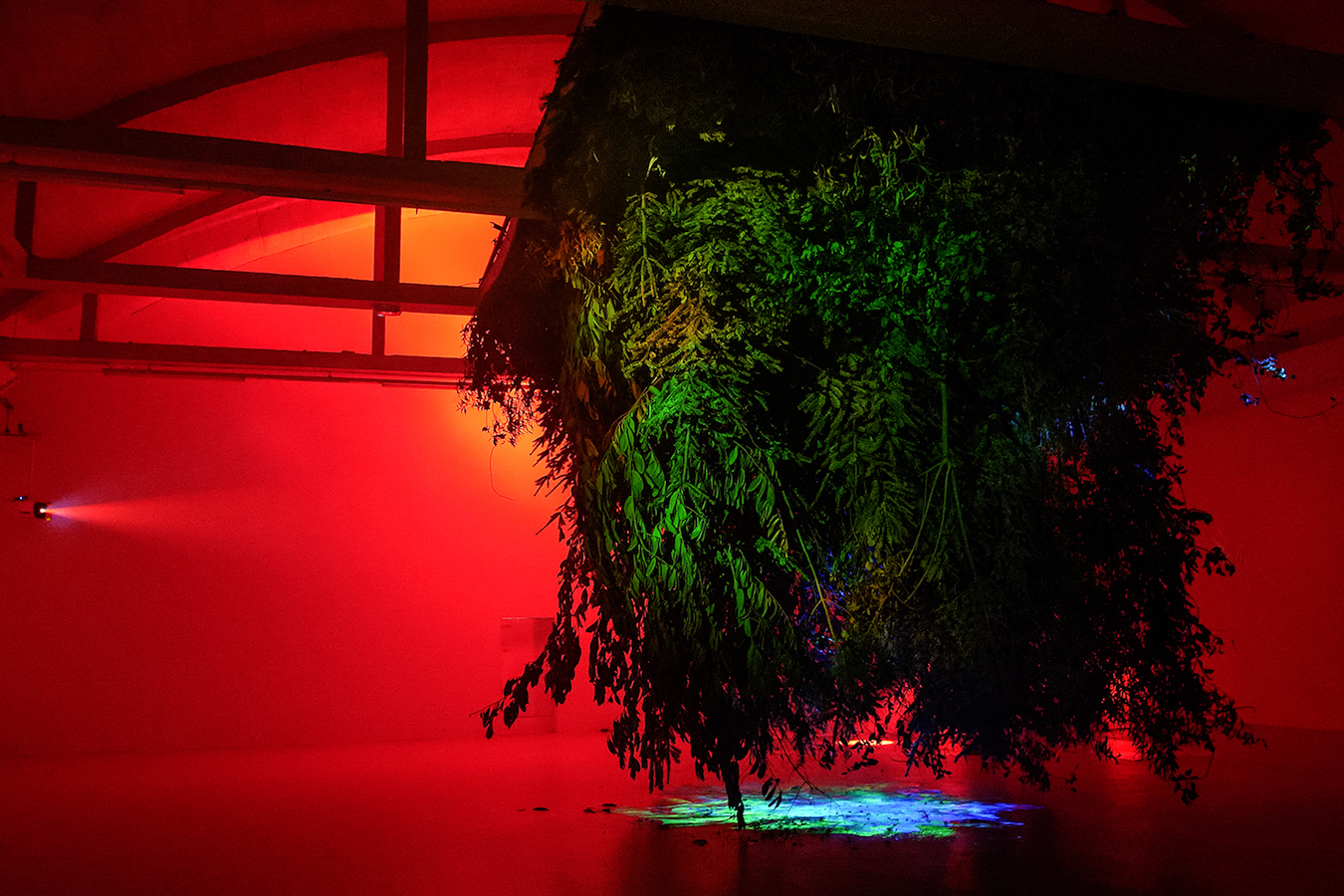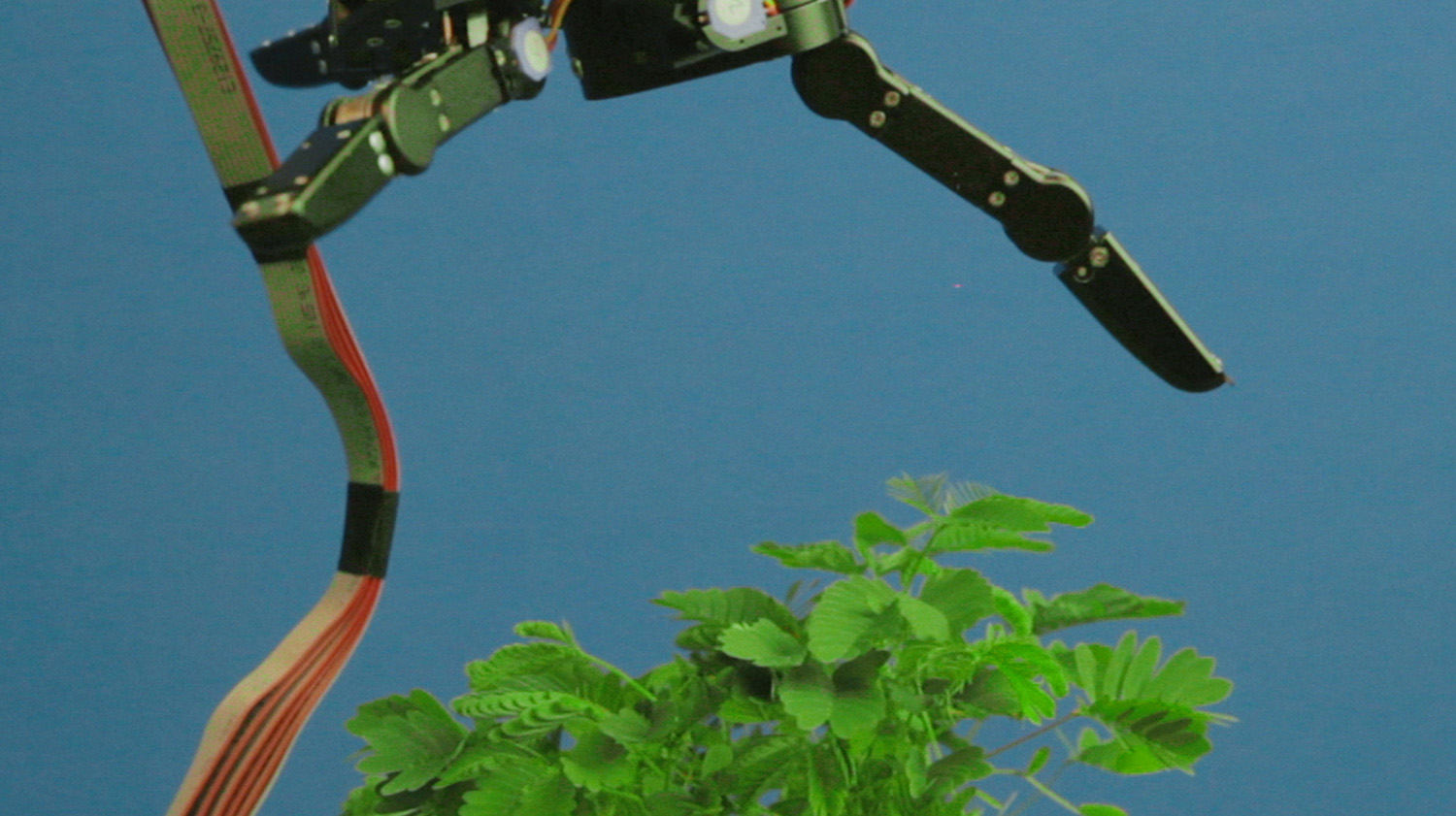
05.11.2018
As architecture is an elementary part of the socioenvironmental ecologies in which we live, Godofredo Pereira analyzes the responsibility that architectural practice has for achieving a more dignified, common and just world dwelling.

Towards an Environmental Architecture


To re-imagine what might be architectures of coexistence, we should strive to practice futures that are based on dignity and justice.

—
*Text originally published in e-flux Architecture in the initiative Positions.
See as well a recent study by Yale University with evidence of racial and economic gaps in affects from air pollution: Cheryl Katz, People in Poor Neighborhoods Breathe More Hazardous Particles, on Scientific American, Environmental Health News, November 1, 2012. Accessed on October 3, 2018: [https://wwwscientificamerican.com/article/people-poor-neighborhoodsbreate-more-hazardous-particles/]. (Recently, similar motives have led Black Lives Matter UK to close down London City airport in protest).
Arturo Escobar, Encountering Development (Princeton: Princeton University Press, 1995); Eduardo Galeano, Open Veins of Latin America: Five Centuries of the Pillage of a Continent (New York: Monthly Review Press, 1997); Eyal Weizman and Fazal Sheikh. The Conflict Shoreline: Colonization As Climate Change in the Negev Desert (Steidl, 2015); Jason W. Moore, Capitalism In The Web Of Life: Ecology And The Accumulation Of Capital (London: Verso, 2015).
Françoise Vergés, “A Racial Capitalocene,” in Futures of Black Radicalism, ed. Gaye Theresa Johnson and Alex Lubin (London: Verso, 2017).
According to Global Witness figures of killings of environmental activists in 2016, thirty-three deaths resulted from conflicts against mining and extractivism, twenty-three against logging, twenty-three against agribusiness, eighteen against poaching, and eight related to water conflicts. A hundred and five murdered people whose absence leaves a community wound.
On this last point see Eduardo Kohn, How Forests Think: Toward an Anthropology Beyond the Human (Berkeley, London: University of California Press, 2015).
See as well Felix Guattari, Schizoanalytic Cartographies (New York: Bloomsbury, 2013), for the important distinction between non-signifying and a-signifying semiotics.
On this topic see Nicholas Mirzoeff, Visualizing the Anthropocene (Public Culture 26, No. 2, 2014), p. 213–232.
Isabelle Stengers, “Introductory Notes on an Ecology of Practices,” Cultural Studies Review 11, no. 1, 2005.
Every technology redistributes a set of affective coordinates and opens up possibilities for political re-imagination, whether this is a conflict over the resolution of remote sensors, the classification of hydrocarbons, or estimates of financial credit rating. See Godofredo Pereira, “Dead Commodities,” Cabinet 43, August 2011.
“Sur,” first published in The New Yorker, February 1, 1982, 38. See also Octavia E. Butler, Parable of the Sower, 1993.
Félix Guattari, Molecular Revolution (Paris: Union Generale d’editions, 1977), p. 95.
I’m referring to the Zapatista experiment in Chiapas, Mexico; to the feminist self-managed Kurdish communities of Rojava in Syria; and to the self-managed Tupacamaru indigenous community of Alto Comedero, in Argentina. These are only a few, among a wide list of examples from all around the world.
On Barcelona en Comu, see Manuela Zechner, “Barcelona en Comu: The City as a Horizon for Radical Democracy,” ROAR, March 4, 2015. Regarding the Yasuní proposal see Godofredo Pereira, “Anomalous Alliances: Nature and Politics in the Yasuní Proposal,” Anthropocene Curriculum & Campus, Haus der Kulturen der Welt, 2017.
Importantly, to give
Comments
There are no coments available.